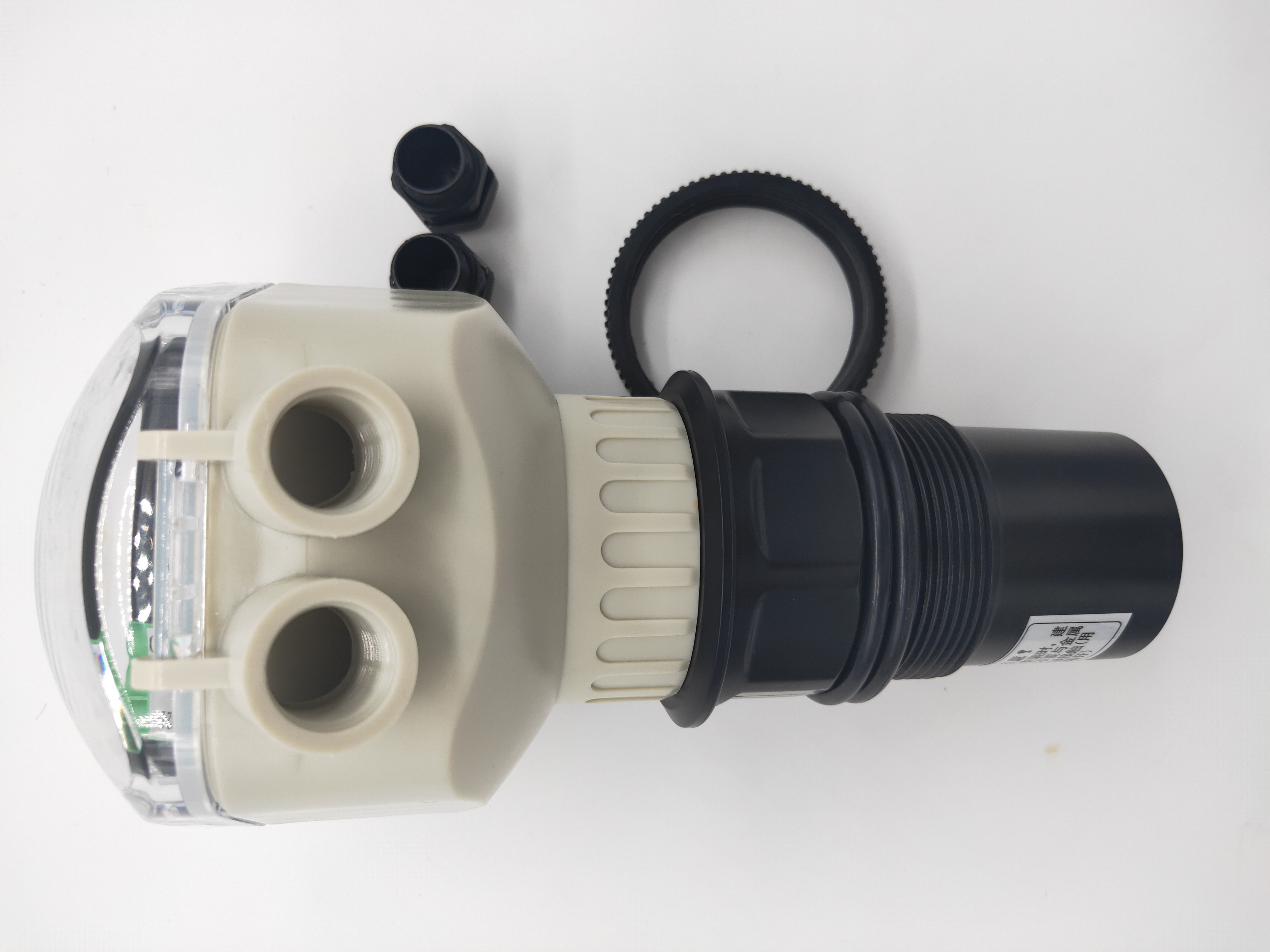As a non-contact, highly reliable, cost-effective, easy-to-install and maintain liquid level measuring instrument, ultrasonic level gauge is widely used in liquid level measurement and monitoring in petroleum, mining, electric power, chemical, environmental protection and other industries.The ultrasonic level gauge does not need to contact the liquid medium and is not affected by the corrosive environment, so it is widely used. Although the ultrasonic level gauge has outstanding advantages, its limitations in application are also obvious.Where can the ultrasonic level gauge not be used? In other words, when will the ultrasonic level gauge fail?Before answering this question, let’s first understand the working principle of the ultrasonic level gauge.The working principle of ultrasonic level gaugeThe transducer (probe) of the ultrasonic level gauge emits high-frequency ultrasonic pulses, which are reflected back when they encounter the surface of the measured medium, and part of the reflected echoes are received by the same transducer and converted into electrical signals. Ultrasonic pulses propagate at the speed of sound waves, and the time interval from transmitting to receiving ultrasonic pulses is proportional to the distance from the transducer to the surface of the measured medium.The relationship between the distance value s and the speed of sound c and the transmission time t can be expressed by a formula: S=CxT/2 Based on the above measurement principle and product structure performance, ultrasonic level gauges are usually not suitable for the following four occasions:1. The occasions where the vacuum environment and the transmission medium change (such as strong volatility)This is determined by the nature of ultrasound.Ultrasound is a mechanical wave that needs to propagate through a medium. Therefore, the biggest application limitation of ultrasonic level gauges is that they cannot be used in places where the vacuum environment and the propagation medium change (such as high volatility).2. Large-scale high-precision occasionsUltrasound, as a mechanical wave, will be attenuated during propagation. As far as the contradiction between accuracy and range is concerned, the range of ultrasonic level gauges in practical applications is relatively small, and the accuracy is relatively low. Therefore, the ultrasonic level gauge should not be used in large-scale, high-precision occasions.3. High temperature and high pressure occasionsThe sensor of the ultrasonic level gauge is packaged with piezoelectric ceramics and a plastic shell, and cannot be used in a high temperature and high pressure environment. Generally speaking, the maximum temperature resistance of the ultrasonic level gauge is 80.4. Frequent temperature changes thereBy measuring the time of the ultrasonic level gauge in practical application, combined with the speed of sound, the distance value (time speed of sound = distance) can be obtained.
However, because the speed of sound changes with the change of the medium and temperature, the ultrasonic level gauge cannot be used in occasions where the temperature changes frequently.

Post time: 21-09-21
